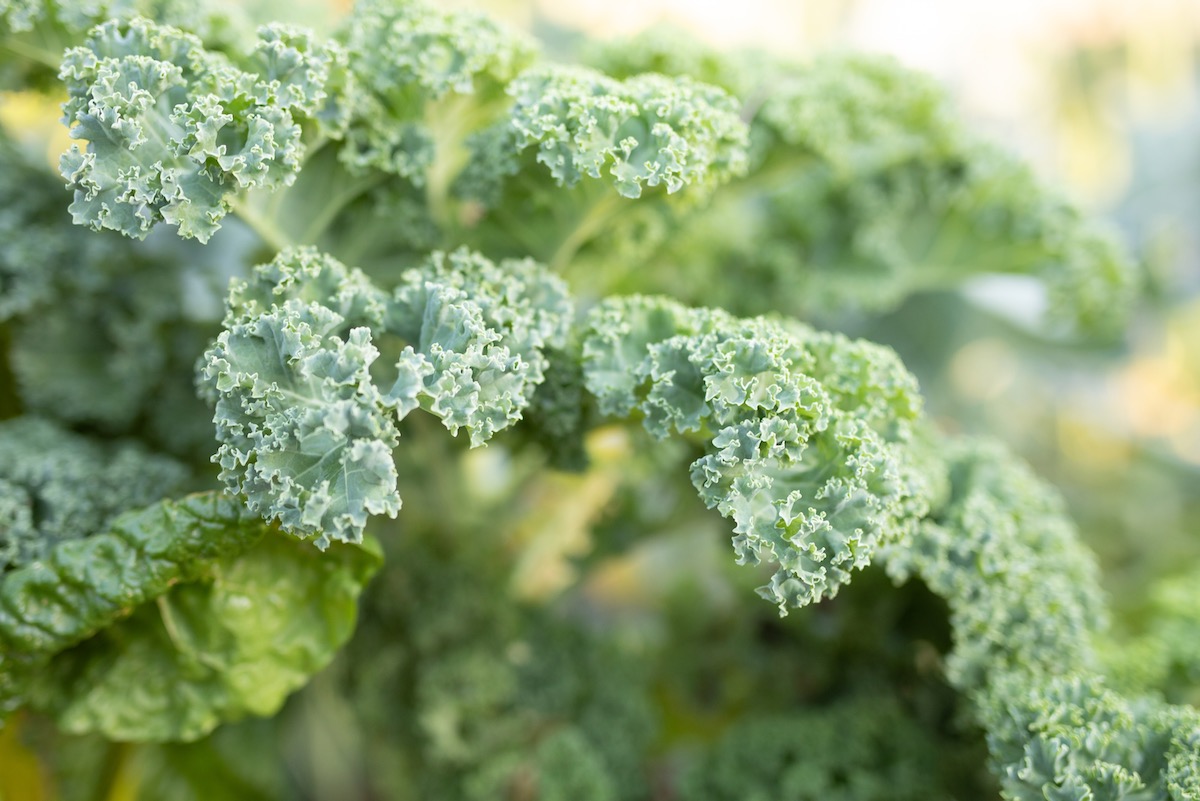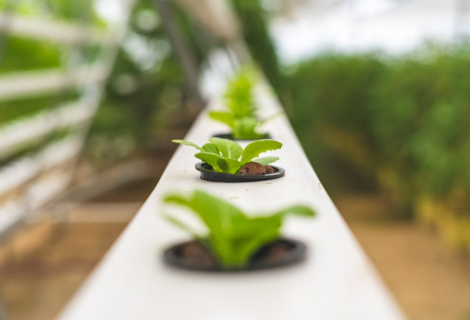Of all the vegetables we grow in our garden, leafy greens are our favorites. We find them the most useful and most versatile, as well as the vegetables we never seem to grow enough of.
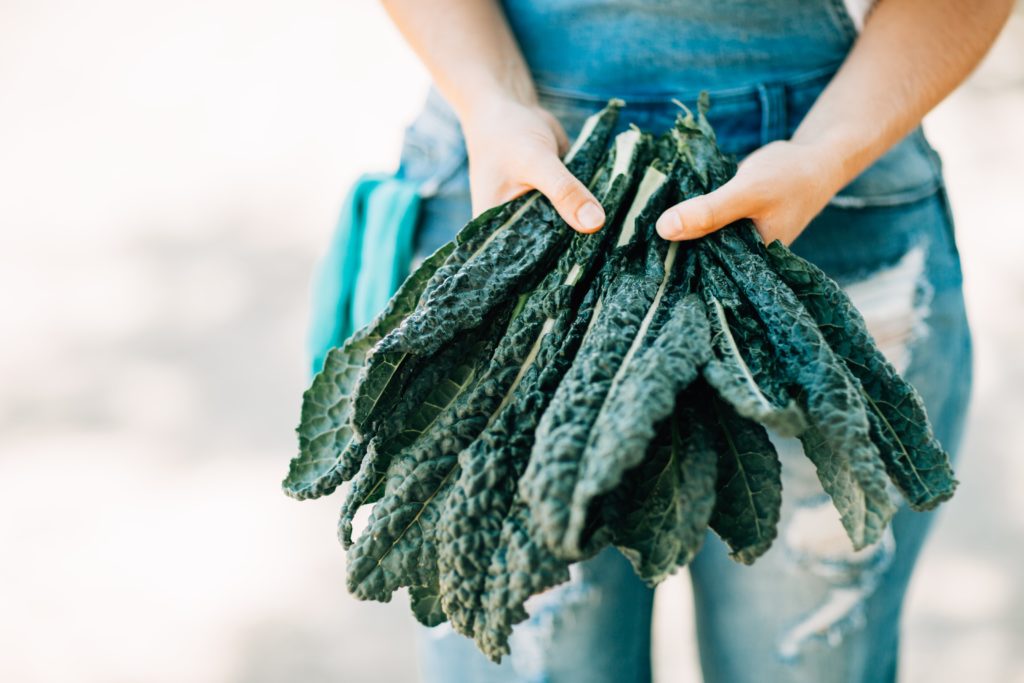
There never has been a more important time to eat healthfully as now, during the Covid-19 pandemic. A healthy diet that boosts the immune system includes lots of fresh fruits and vegetables. And the winners of “the most healthy vegetable category” are leafy green vegetables.
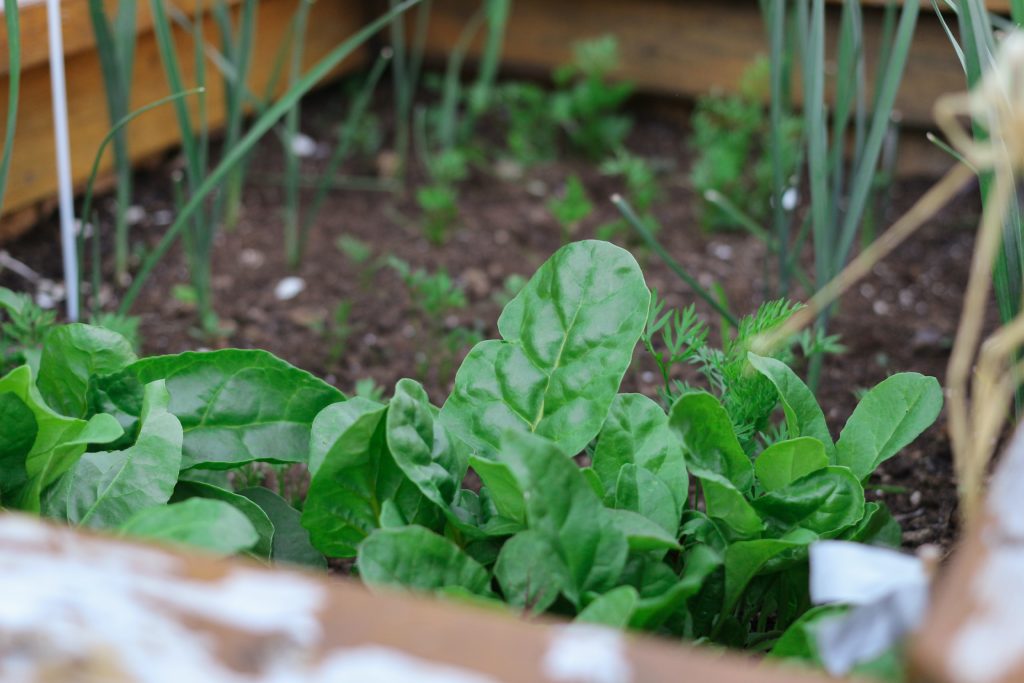
Dark leafy green vegetables include spinach, beet greens, bok choy, chard, arugula, kale, collard greens, sprouts and dandelions, to name the most common ones. These wonderful, vibrant vegetables contain more nutrition per calorie than any other food, which means you can eat as much as you want. They also are significant sources of major vitamins such as A, C, E and K; and they contain many B vitamins. Leafy greens also are great sources of minerals like calcium, magnesium, iron and potassium. Furthermore, leafy greens are rich in fiber and protein. Most dietitians recommend we eat at least 3 servings of leafy greens per week — but I say the more, the better. I try to eat at least two or three servings per day.
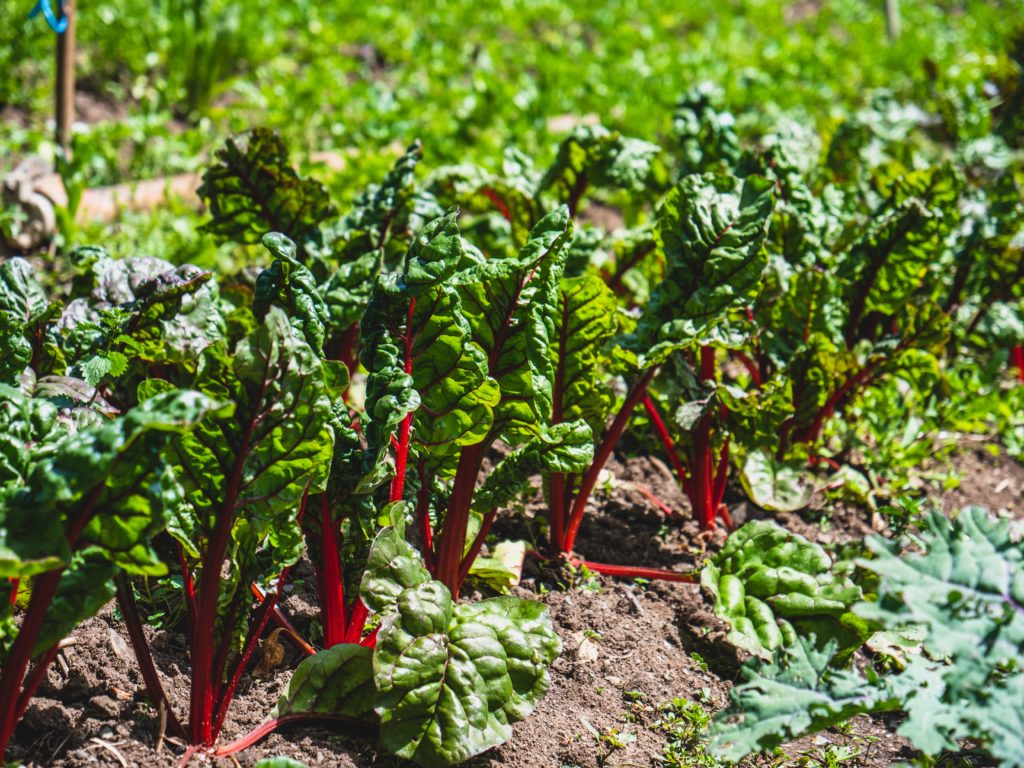
Here are some examples of dark leafy green vegetables that are easy to grow:
- Microgreens
- Kale
- Collard greens
- Spinach
- Beet greens
- Romaine Lettuce
- Swiss chard
- Arugula
- Bok Choy
- Dandelion Greens
I love growing leafy greens because, in my opinion, they are fairly easy to grow in any climate (and I have grown them in a cold as well as a desert climate). And you usually get lots of vegetables for your efforts.
Different greens can be grown as the seasons unfold. Depending on where you live, you can start with lettuce and kale in early spring, then grow heat-tolerant plants like chard and collard greens for summer crops, and later plant more lettuce and kale for fall.
Because they are easy and fast to grow, I plant seeds and use lots of homemade worm compost. Leafy greens are shallow-rooted plants that do not demand extremely rich soil but do require plenty of sun and a constant supply of water. But I have found that during sunny San Diego’s summer months, I have to protect my greens from the sun and provide some shade to prevent sun damage and poor development.
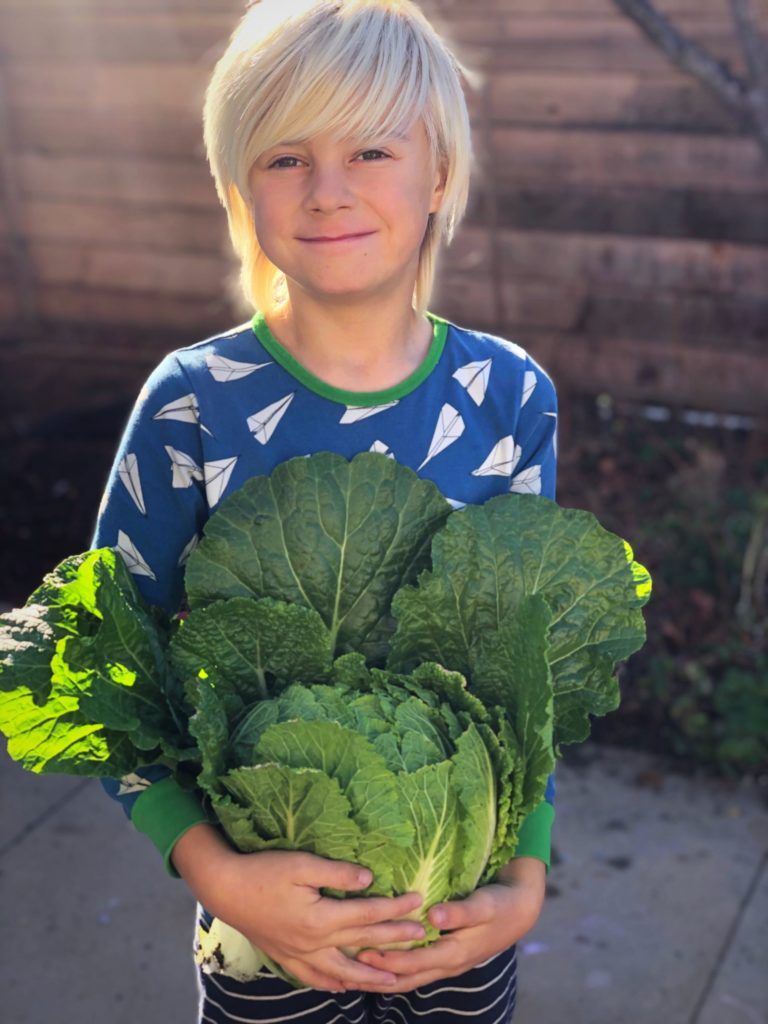
Whether fresh or cooked, dark leafy greens are great to eat. Naturally crisp and colorful lettuces are wonderful for salads, which my family eat with almost all lunches and dinners. We like eating raw kale that has been marinated in some lemon juice, salt and olive oil. We also add almost any kind of dark leafy green to smoothies and juices for extra nutrition.

Here are some of my favorite ways to eat leafy greens:
Shaved Swiss chard and avocado salad
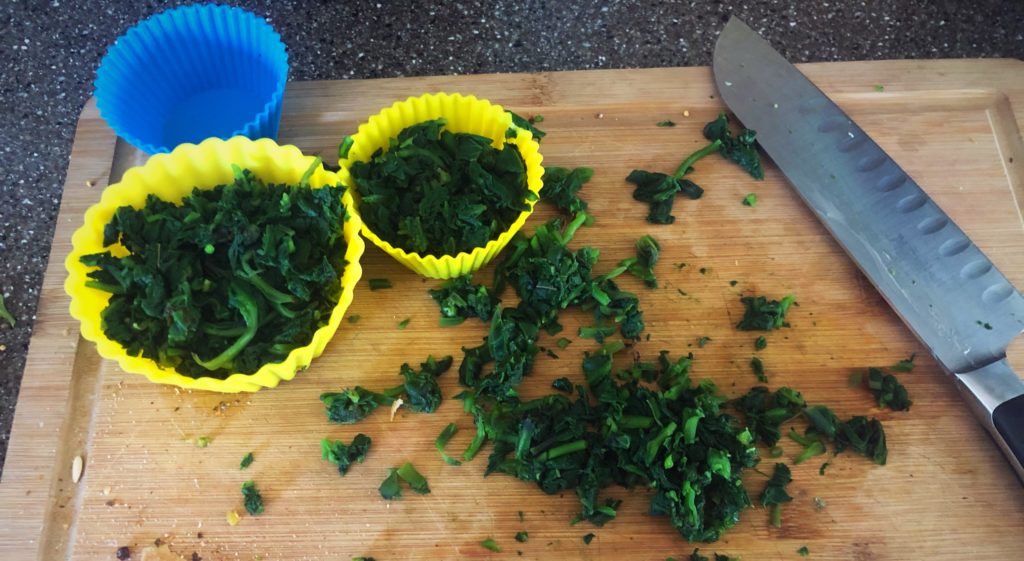
We also preserve and save any extra greens. Kale we’ll just chop freeze in bags that are easy to use in soups and stews or pasta sauce. Spinach is the only leafy green I will not freeze raw but instead I will blanch leaves in a pot of boiling water for just a few minutes and strain them and put the blanched spinach in ice water ( a bowl with water and ice cubes) This will stop the cooking process and help them keep their vibrant color. As soon as the spinach is cold. I will drain it, roll spinach in a kitchen towl and squeeze out all water. Chop spinach and freeze in smaller portions. This way I always have cooked spinach on hand to make cream of spinach soup, creamed spinach or to add to soup, stews or pasta sauce.


